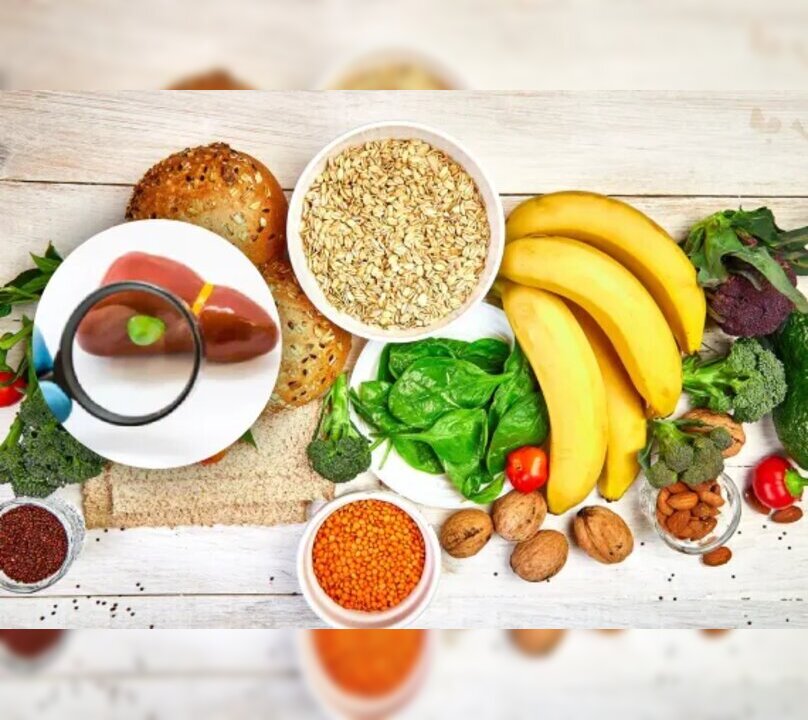
A gallbladder removal, also known as a cholecystectomy, is a common procedure for treating gallstones or other gallbladder-related issues. While the body can function without a gallbladder, it requires adjustments to the diet. Adopting the right diet plan after gallbladder removal helps in smooth digestion and ensures that your body adjusts well to the absence of the gallbladder, which stores bile for fat digestion.
Diet Plan After Gallbladder Removal
After gallbladder removal, it is essential to make dietary changes to avoid digestive issues such as bloating, diarrhea, or gas. The best diet plan after gallbladder removal focuses on easy-to-digest, low-fat foods that are gentle on the digestive system. Patients should consume smaller, more frequent meals throughout the day, as this helps the liver release bile directly into the intestines for digestion. Foods rich in fiber, such as whole grains, fruits, and vegetables, are highly recommended as they aid digestion and prevent constipation.
The goal of the diet plan is to ensure that the liver adapts to its new role in bile secretion while minimizing discomfort and promoting proper digestion. Foods that are high in fats should be avoided initially, as they may overwhelm the digestive system without the gallbladder’s bile storage.
Stages in Diet Plan After Gallbladder Removal
- Stage 1: Immediate Post-Surgery Phase (0-2 weeks)
During the initial recovery phase, the diet is limited to clear liquids like water, broth, and fruit juices to allow the digestive system to heal. Gradually, you can start introducing low-fat, easily digestible foods such as applesauce, plain rice, and crackers. - Stage 2: Early Solid Foods (2-4 weeks)
After the first two weeks, you can begin introducing low-fat solid foods such as steamed vegetables, boiled potatoes, and grilled lean meats. It’s important to eat small portions to help the digestive system adjust. - Stage 3: Regular Diet with Modifications (1-3 months)
In this stage, the body is more accustomed to digesting food without the gallbladder. You can resume most foods but should still avoid large portions of fatty or spicy foods. Foods high in fiber, like fruits, vegetables, and whole grains, can now be introduced to improve digestion and prevent constipation. - Stage 4: Long-Term Diet Maintenance (3 months and beyond)
By this point, your digestive system should be adapted to the absence of the gallbladder. You can eat a variety of foods, but it’s crucial to avoid foods that may trigger discomfort. Maintaining a balanced, low-fat diet with plenty of fiber will help support digestion and long-term health.
What Does Dr. Vedant Karvir Suggest for Precautions in Diet Plan After Gallbladder Removal?
Dr. Vedant Karvir, a renowned gastroenterologist at Synapse Spine Clinic, suggests the following precautions for a successful diet plan after gallbladder removal:
- Start Slowly: Gradually reintroduce solid foods to prevent any sudden digestive discomfort. Avoid jumping straight into fatty or rich foods after the surgery.
- Small, Frequent Meals: Eating smaller meals throughout the day helps the digestive system adjust. It also ensures that bile is used more effectively for fat digestion.
- Limit Fatty Foods: Avoid high-fat foods like fried items, fatty meats, or heavy dairy products in the first few months after surgery to allow the digestive system to adapt without the gallbladder.
- Focus on Fiber: Incorporating fiber-rich foods such as vegetables, fruits, and whole grains into your diet is essential for healthy digestion. It helps in regulating bowel movements and prevents constipation.
- Hydration: Drink plenty of water throughout the day to maintain hydration and support the digestive process.
- Avoid Spicy and Gas-Inducing Foods: In the initial months, spicy foods, caffeine, and carbonated drinks should be avoided as they may irritate the digestive tract.
Location and Directions to Globus Gastroenterology Hospital
Address:
Globus Gastroenterology Hospital
201, Second Floor, Kothari Milestone Mall, Near Natraj Market, S V Road, Malad West 400064.
How to Reach the Clinic:
- From the Western Line: Take a local train to Malad Station. From there, take a taxi or auto-rickshaw for a 1.5 km ride to the clinic.
- From the Central Line: Travel to Dadar Station, transfer to the Western Line, and alight at Malad Station. Follow the same route as above.
- For Out-of-Town Patients:
- By Train: Arrive at Mumbai Central or CST Station, transfer at Dadar to the Western Line, and then reach Malad Station.
- By Air: From Chhatrapati Shivaji Maharaj International Airport, take a taxi directly to the clinic (approximately a 30-minute drive).
The experts at Globus Gastroenterology Hospital can guide you through the proper diet and lifestyle changes following gallbladder removal, ensuring a smooth recovery and optimal digestive health.
